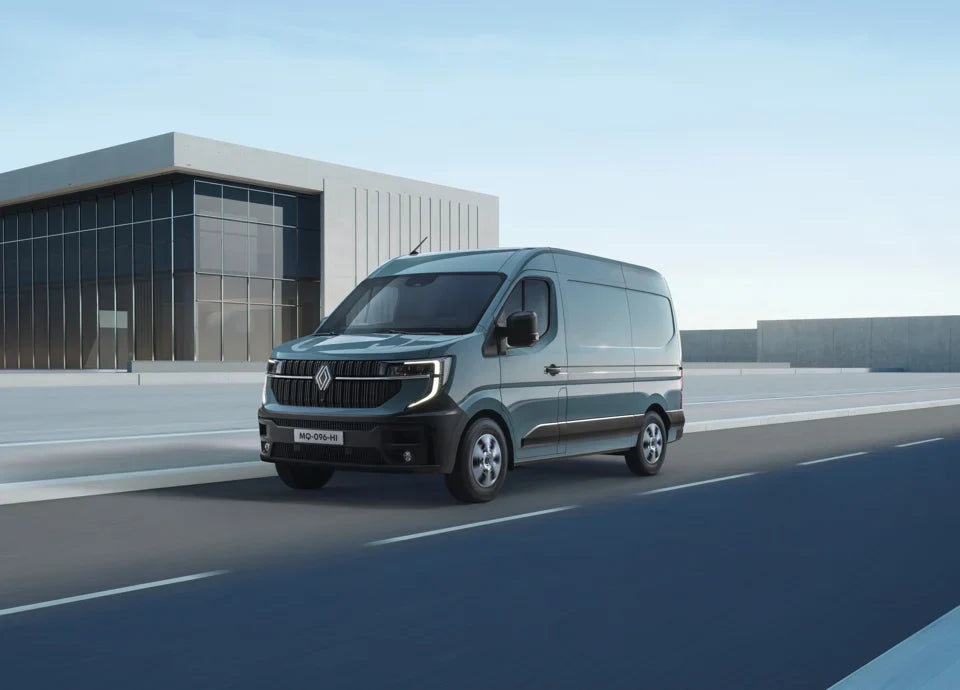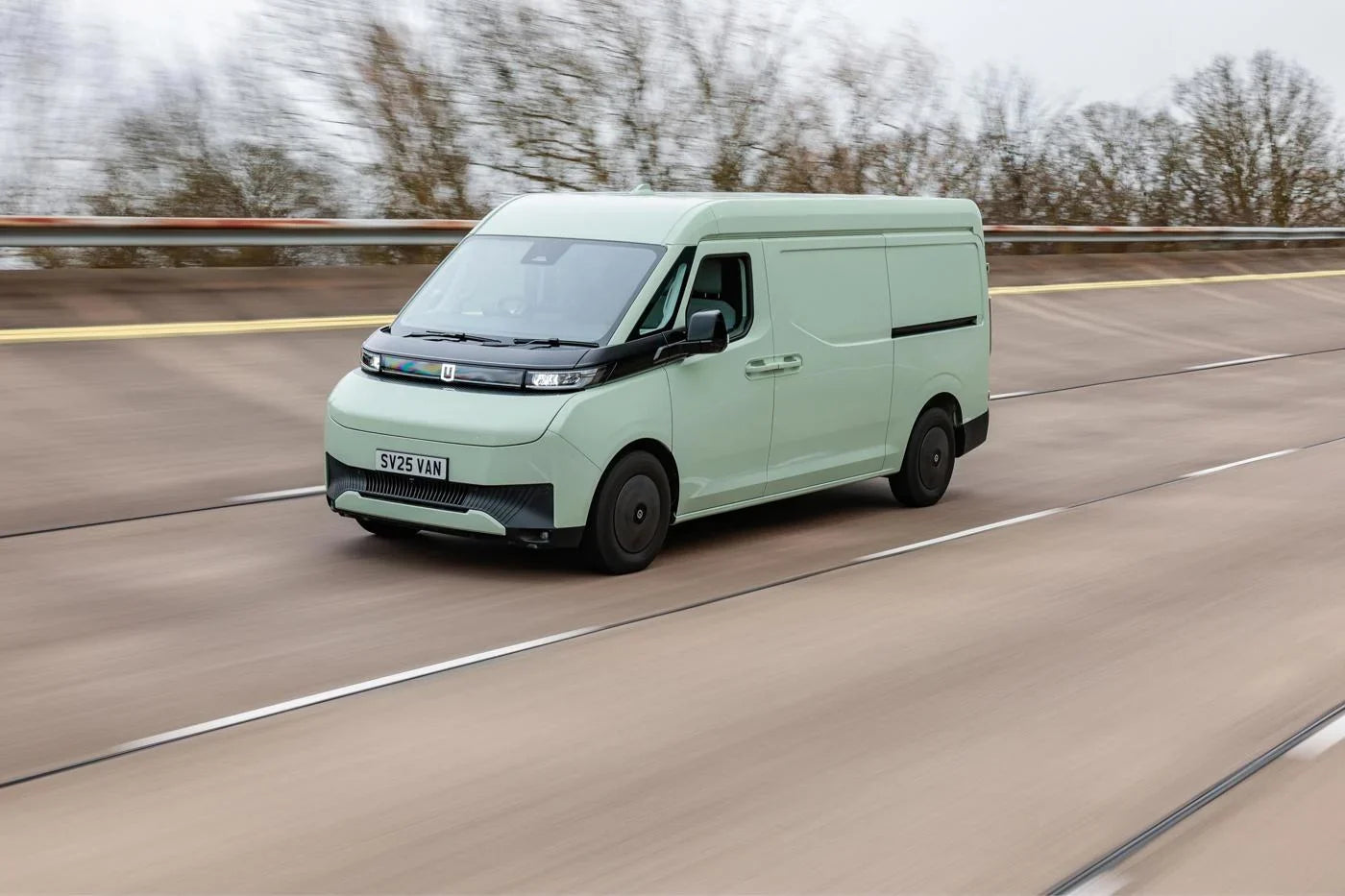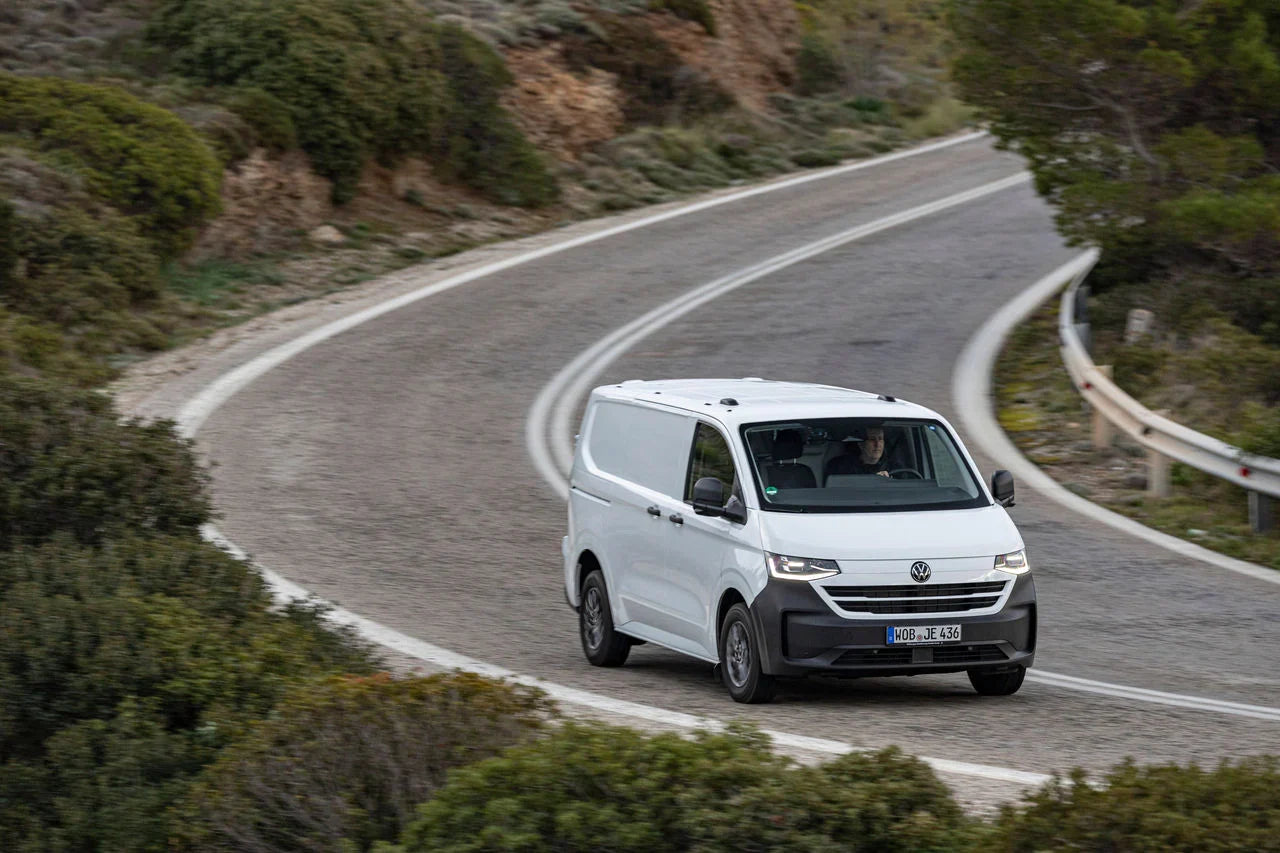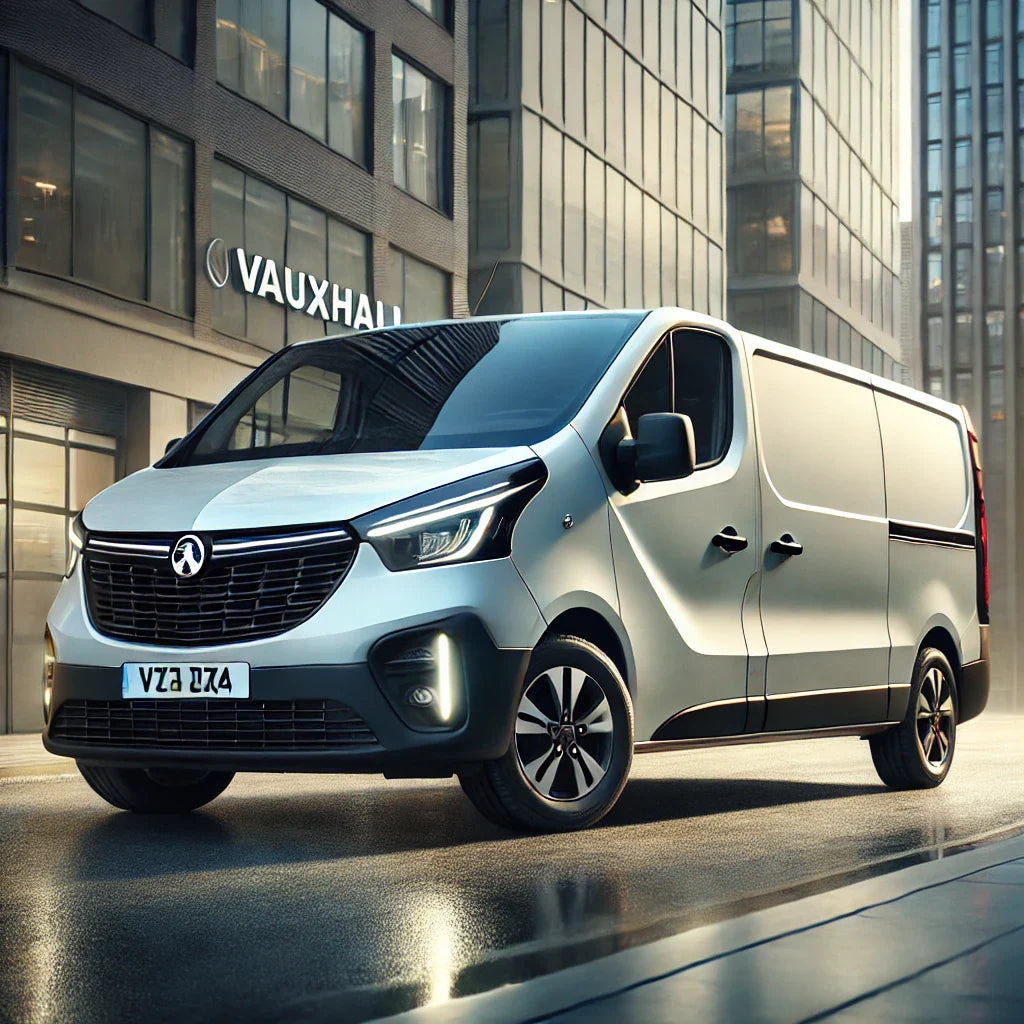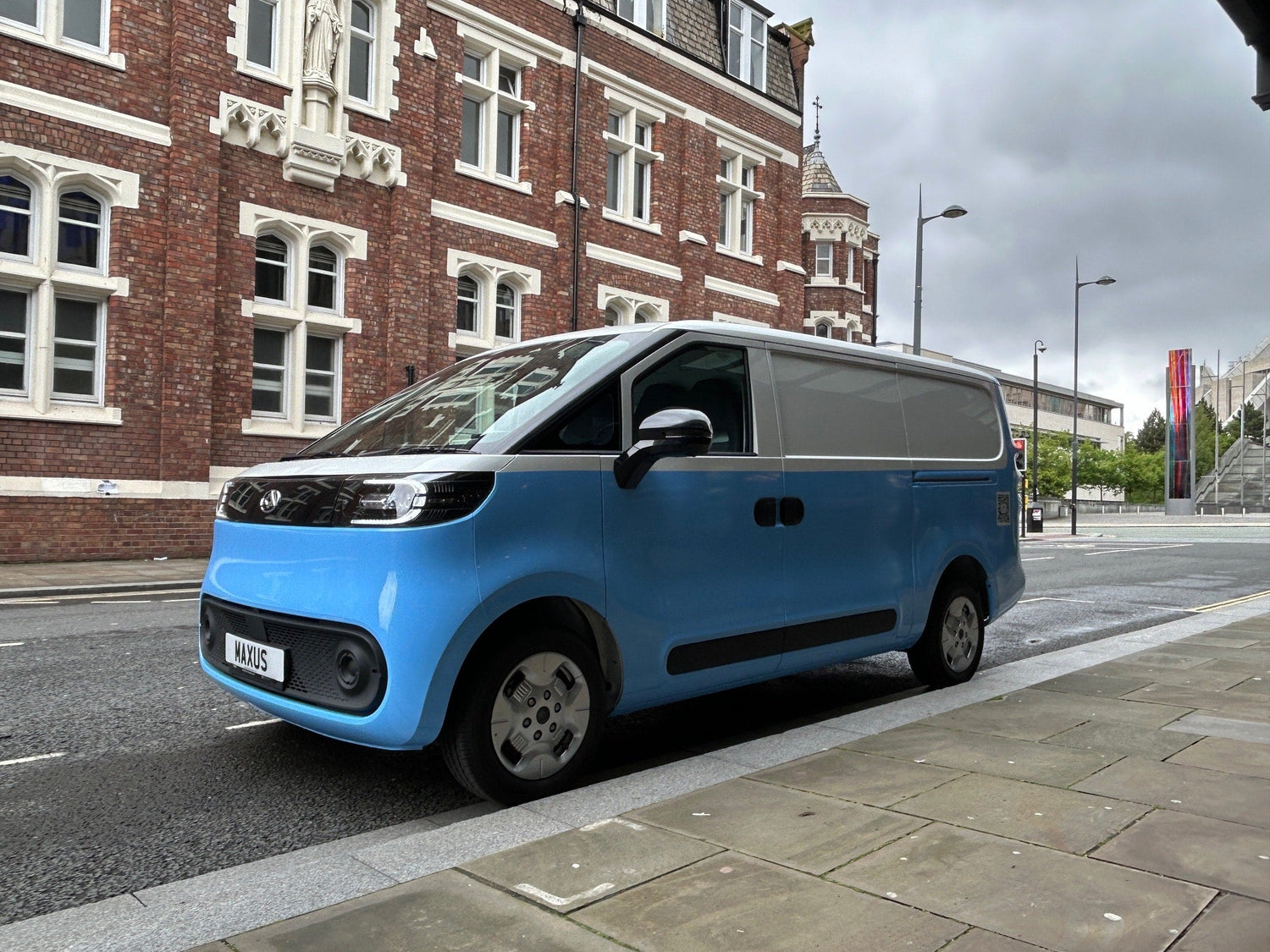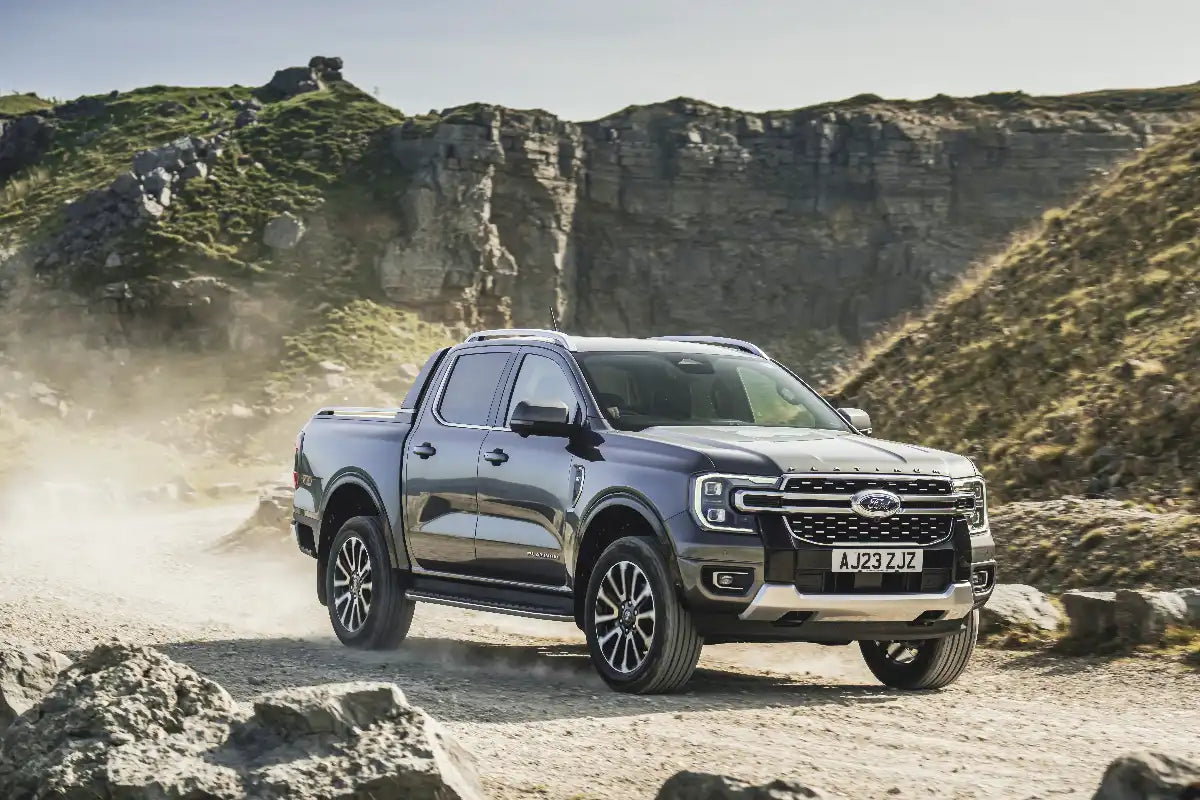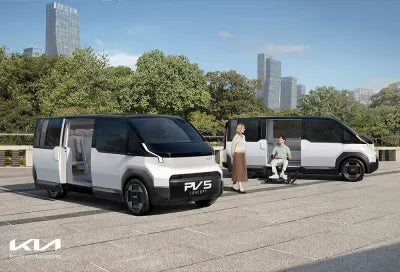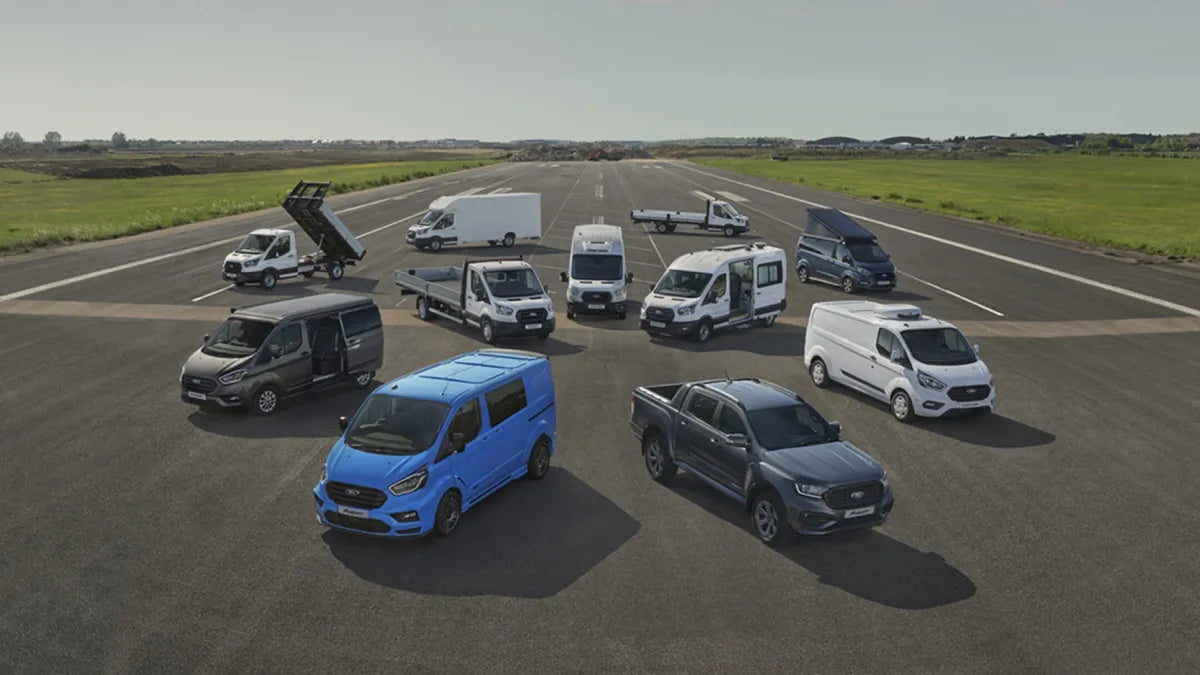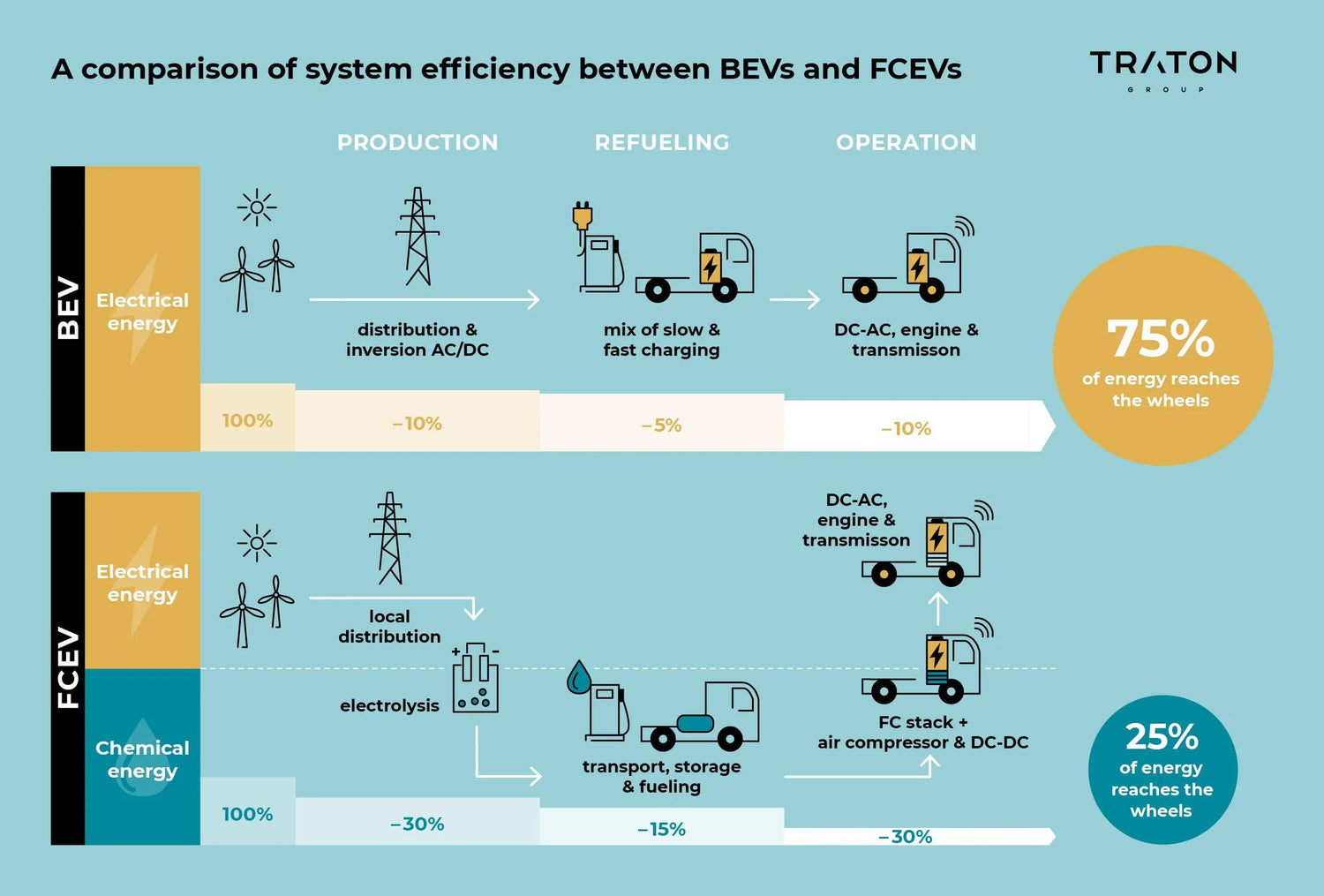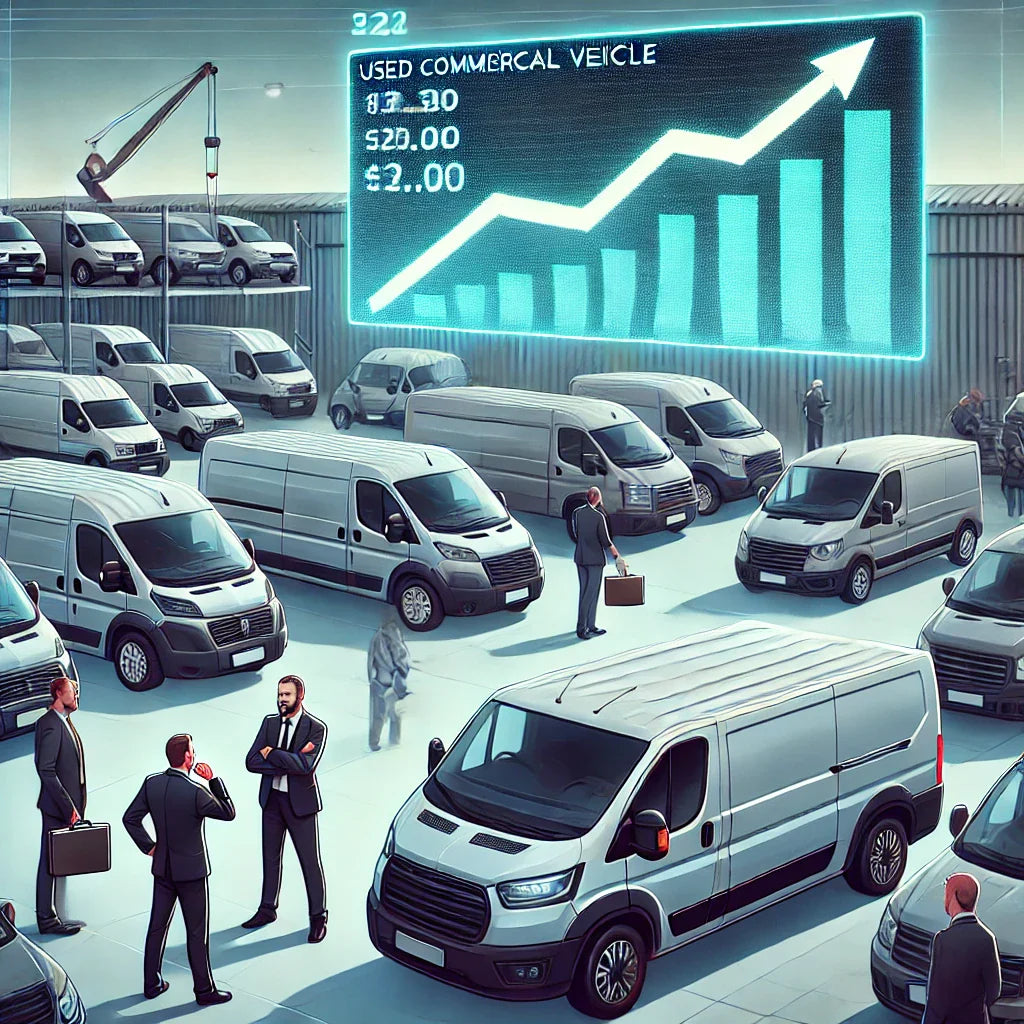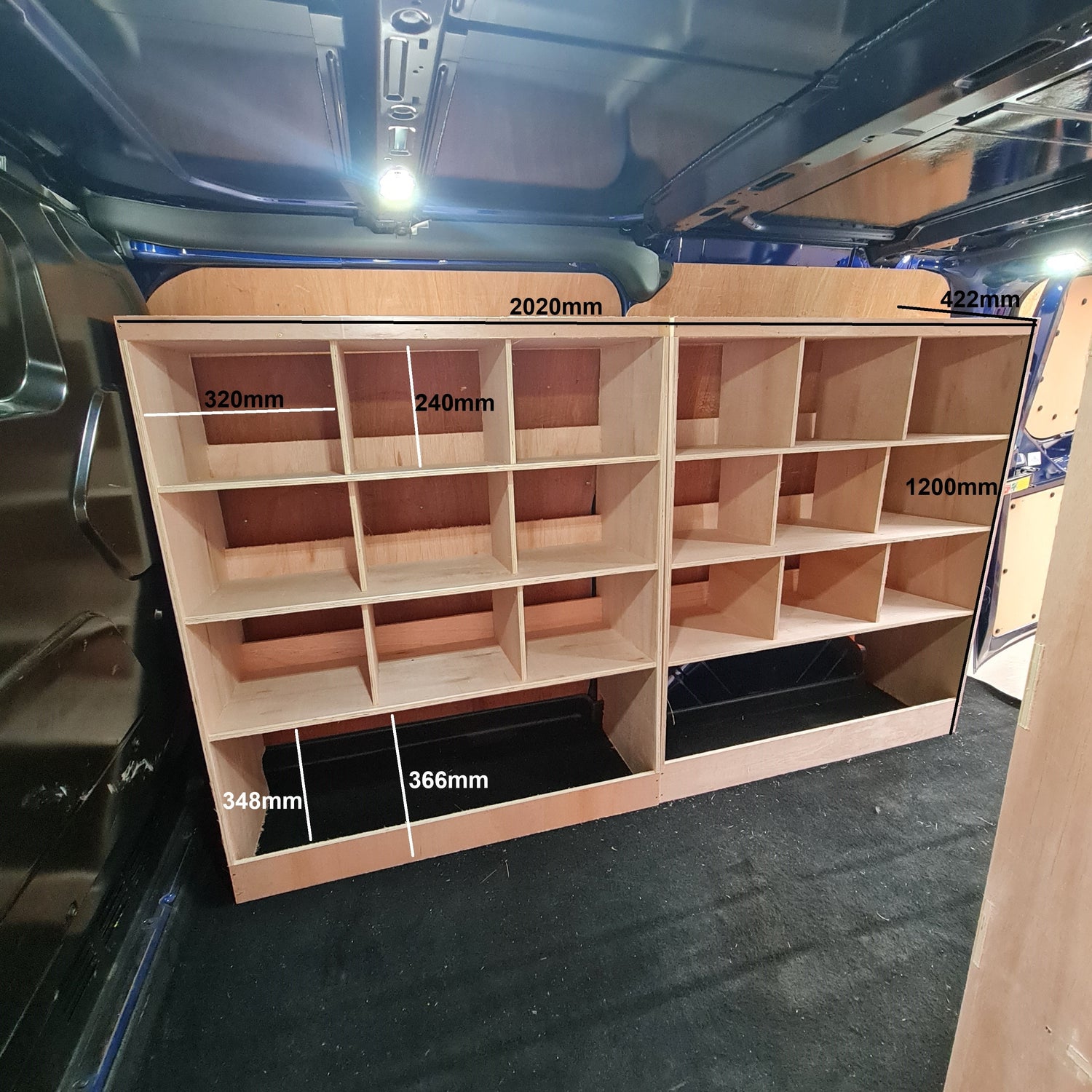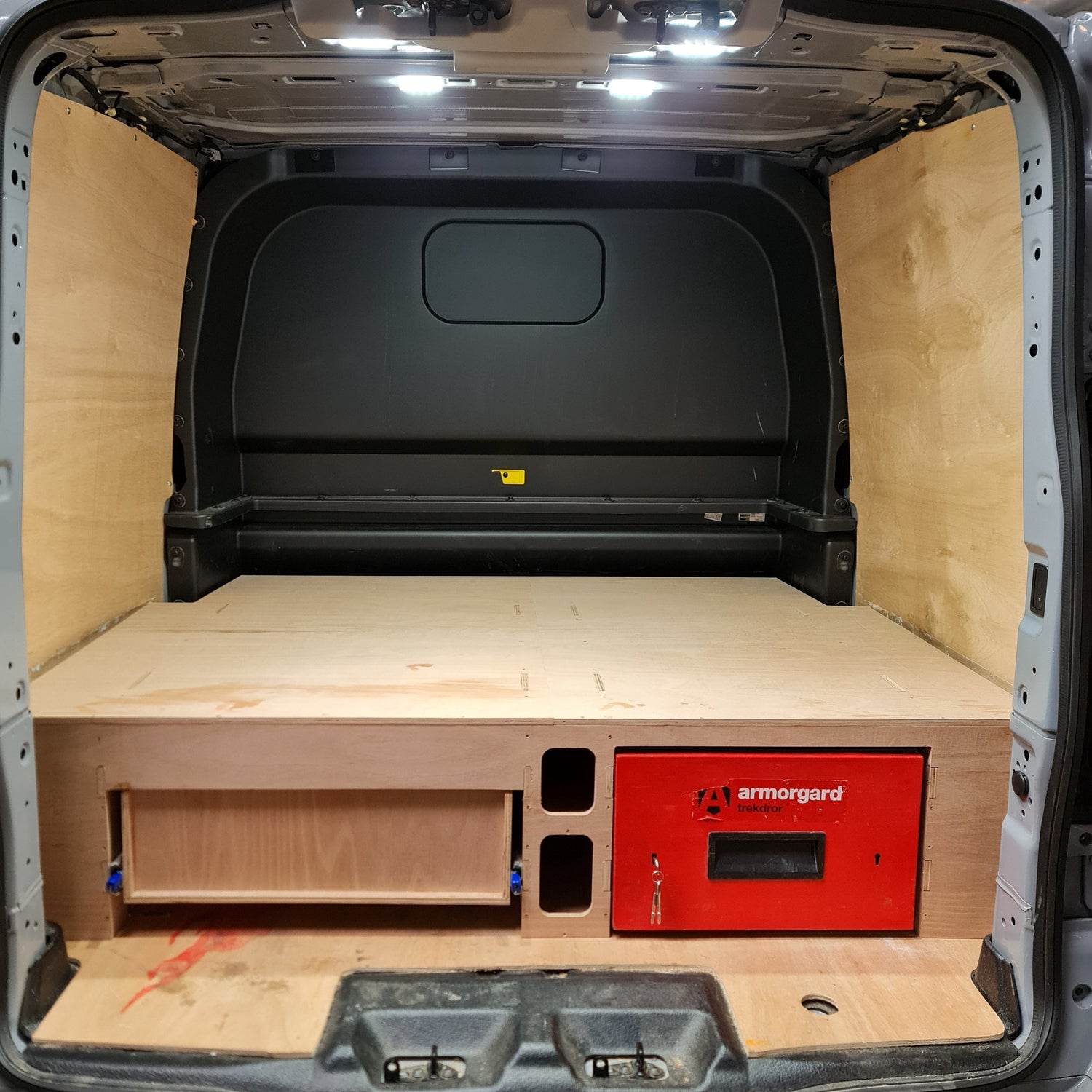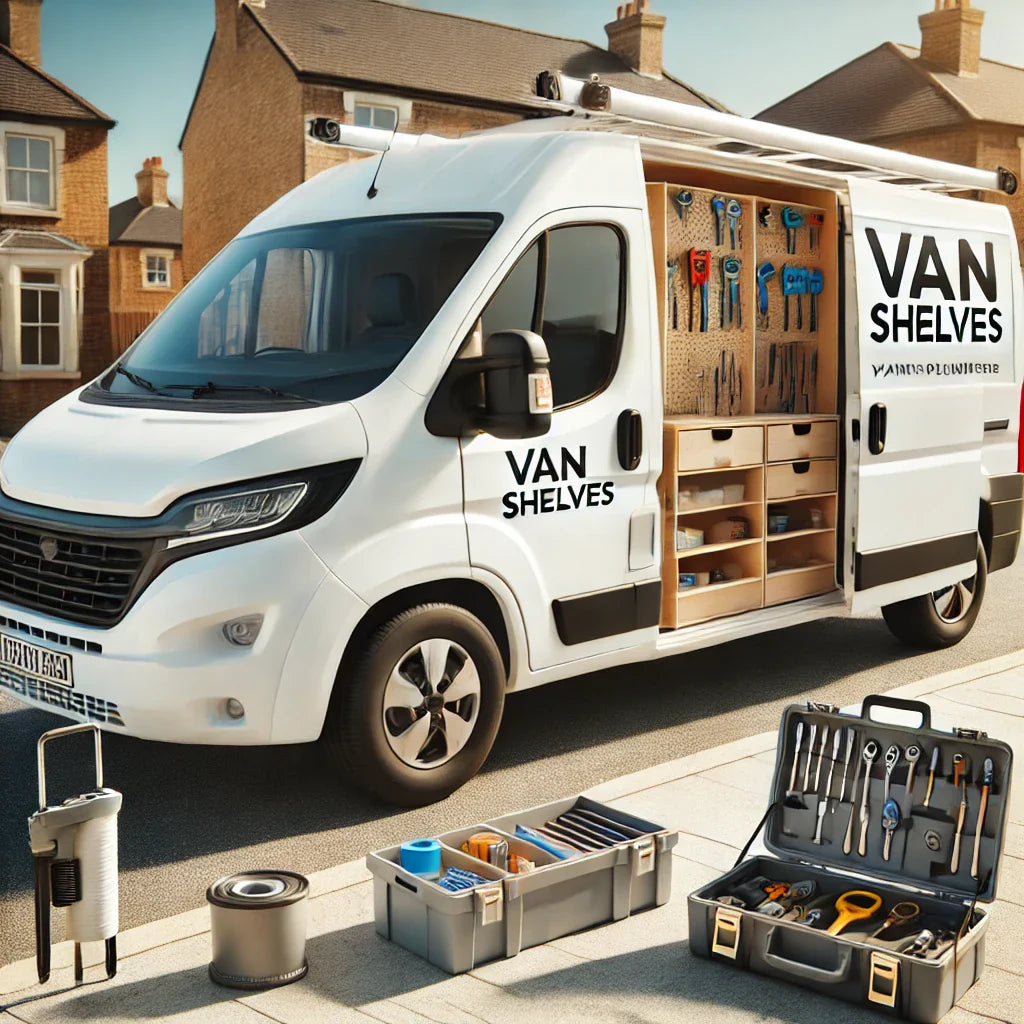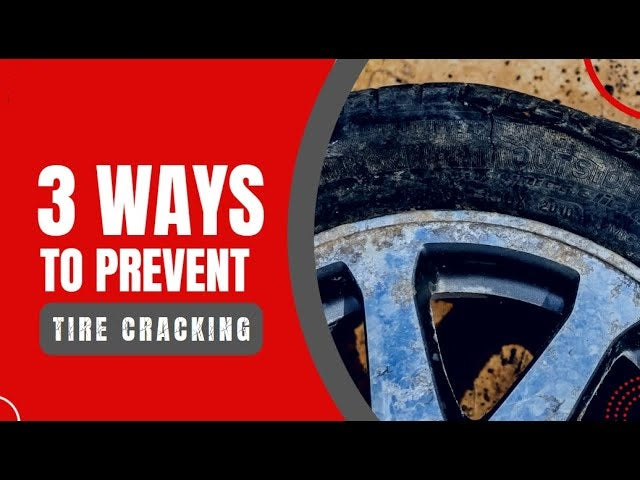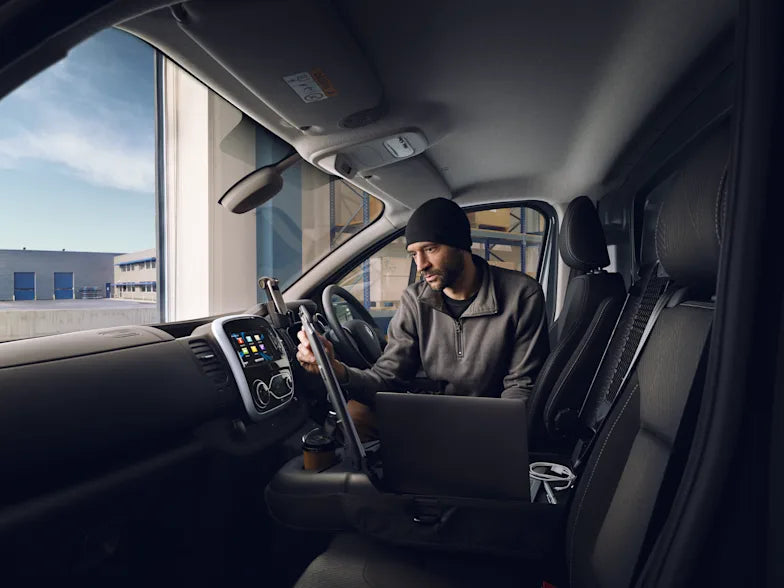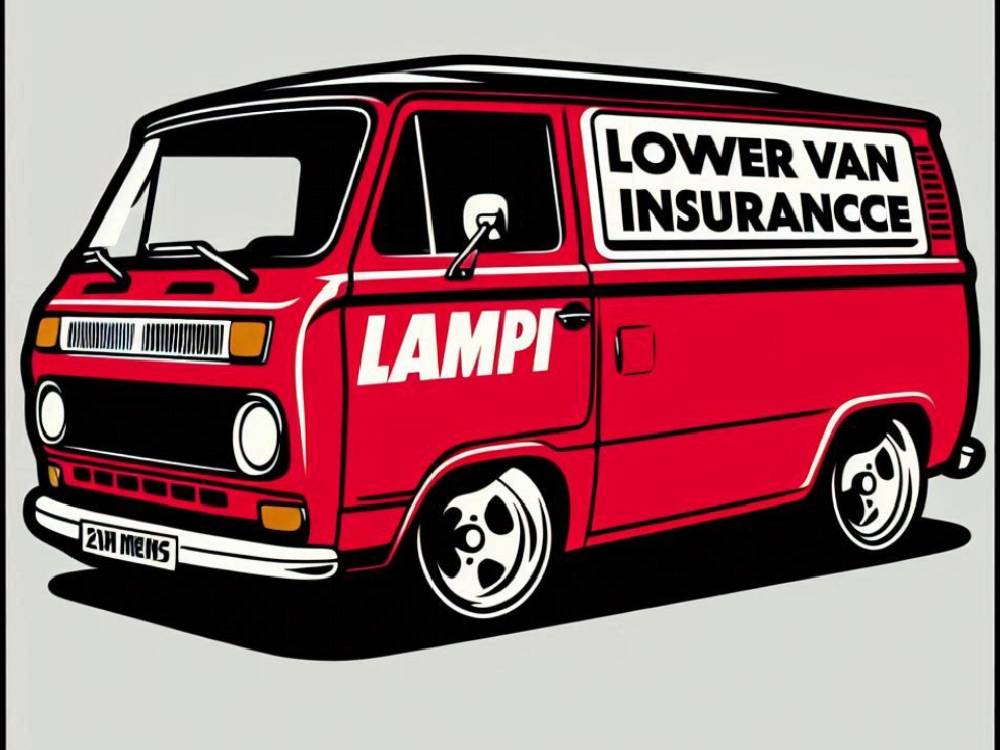Opinion: New LCV market down as used market stabilises. The landscape of the light commercial vehicle (LCV) market has recently undergone significant changes, with implications for manufacturers, dealers, and consumers alike. As new LCV sales begin to decline, the used market has shown signs of resilience, offering unique opportunities and challenges within the automotive industry. This article seeks to explore the various facets of this evolving situation, examining the factors contributing to these trends and their potential impact on relevant stakeholders.
Understanding the Dynamics of the LCV Market
The light commercial vehicle market is a critical segment within the larger automotive industry. It serves as the backbone for many businesses, aiding in transportation, logistics, and service provision. However, like any other sector, it experiences fluctuations based on economic conditions, consumer preferences, and technological advancements.
The recent downturn in the new LCV market, juxtaposed with the relative stability of the used market, requires an in-depth understanding of several key components that influence these dynamics.
Economic Influences on the LCV Market
Economic conditions play a pivotal role in determining the performance of both the new and used LCV markets. A variety of factors, such as inflation rates, interest rates, and overall consumer confidence, can significantly affect purchasing behavior.
In times of economic uncertainty or recession, companies may opt to extend the life cycles of their existing vehicles rather than investing in new ones. This behavior leads to an influx of demand in the used vehicle market, where prices may remain stable or even increase as people seek cost-effective alternatives.
Conversely, when the economy shows signs of recovery, businesses may feel more confident in making significant investments, including acquiring new LCVs. Consequently, the interplay between economic health and market trends is crucial to understanding the current environment.
Shifts in Consumer Preferences
Consumer preferences are also reshaping the LCV landscape. More buyers are increasingly focused on sustainability, efficiency, and the total cost of ownership, driving them towards used vehicles that offer better value and lower depreciation rates compared to new models.
In addition, the rise of electric and hybrid vehicles has begun to influence decisions as well. Many consumers are now considering longer-term investments in green technologies, leading them to consider used electric LCVs instead of new traditional diesel models. The versatility and affordability of used options provide additional motivation for purchasers who may not be ready to commit to a brand-new vehicle.
Technological Advancements Impacting LCV Sales
Technological innovations have played a significant role in the LCV market, particularly regarding safety features, fuel efficiency, and connectivity. While new models often feature cutting-edge technology, many consumers may find that previous generations of vehicles equipped with essential updates still meet their needs adequately.
This perception can lead to a decrease in the demand for new vehicles, as buyers recognize that they can access reliable models at lower price points in the used market. Moreover, advancements in vehicle maintenance and servicing encourage the continued use of older models, which further stabilizes the used sector and diminishes the appeal of new purchases.
The Role of Supply Chains in Vehicle Availability
Supply chain disruptions have been a hot topic across industries. The LCV market is no exception, especially during events like the global pandemic, which led to factory closures and delayed shipments. These disruptions have created a backlog in new LCV production, ultimately resulting in fewer new vehicles available for purchase.
On the flip side, the existing supply of used LCVs has remained relatively stable, allowing for opportunities within that market. Businesses can capitalize on this by sourcing lightly used vehicles that maintain quality while avoiding the long wait times associated with new orders. Thus, supply chain factors further contribute to the uneven dynamics between new and used LCV sales.
Factors Contributing to the Decline of New LCV Sales
The decline observed in the new LCV market cannot be attributed to a single factor; rather, it emerges from a combination of diverse influences. Analyzing these contributing elements provides valuable insights into the broader trends and helps stakeholders adapt accordingly.
The Impact of Inflation on Purchasing Power
Inflation affects nearly every aspect of the economy, and the automotive industry is no exception. As prices for goods and services rise, consumers experience decreased purchasing power, prompting them to reevaluate their spending habits.
In the context of LCVs, inflated costs may deter businesses from investing in new vehicles. With budget constraints in place, many firms may elect to explore the used market, where they can secure reliable options without overspending. This shift in purchasing behavior is particularly prevalent among small and medium enterprises that rely on flexible budgeting.
Rising Interest Rates Affecting Financing Options
Interest rates have seen significant fluctuations in recent years, impacting the financing landscape for both personal and business loans. Higher interest rates can make financing new LCV purchases less appealing for buyers who would otherwise benefit from lower monthly payments on a new vehicle.
As rates climb, the used market begins to look more attractive since the total cost of ownership becomes less burdensome. Companies may choose to allocate funds toward essential operational expenses rather than financing a new vehicle, enhancing the demand for pre-owned options and solidifying the trend toward stabilization in the used market.
Increased Competition Among Manufacturers
With multiple manufacturers competing for market share in the LCV arena, aggressive pricing strategies have become commonplace. Some brands have responded to the downturn by offering incentives, rebates, and financing deals to entice customers.
However, this competition can also lead to price wars that put downward pressure on new LCV pricing, ultimately harming profit margins for manufacturers. When faced with lower profit margins, manufacturers might scale back production levels, further exacerbating the scarcity of new vehicles and pushing buyers toward the used market.
Extended Lifecycles of Vehicles
Advancements in automotive technology have resulted in vehicles being built to last longer than ever before. Many modern LCVs offer durability, reliability, and extended warranties that promote longevity, further incentivizing businesses to hold onto their existing fleet for longer periods.
When companies perceive that their current vehicles can meet their operational needs without requiring an upgrade, they tend to steer their attention away from new purchases. This trend contributes to the maintenance of the used market, as previously owned LCVs circulate within the industry for extended periods, reinforcing the trend towards stabilisation.
The Resilience of the Used LCV Market
Despite the downturn in new LCV sales, the used market has demonstrated remarkable resilience. Several factors contribute to this stabilization, enabling it to thrive amid changing market conditions.
Affordability Driving Demand for Used LCVs
Affordability remains one of the most significant attractions of the used vehicle market. For many consumers and businesses, budget constraints dictate purchasing decisions. As new LCV prices continue to rise, individuals and companies are forced to consider more economically viable options.
Used LCVs present a solution by providing high-quality vehicles at a fraction of the cost of new models. Furthermore, buyers can often find vehicles equipped with similar specifications and features as their new counterparts, making used options an appealing choice. This emphasis on affordability contributes to the steady demand within the used market.
Quality Assurance and Certified Pre-Owned Programs
To bolster consumer confidence in purchasing used vehicles, many manufacturers have introduced certified pre-owned programs. These initiatives involve rigorous inspections, refurbishments, and extended warranties that ensure the quality and reliability of used LCVs.
By promoting transparency and assurance, these programs address common concerns around longevity and performance, encouraging more buyers to explore the used market confidently. As a result, the reputation of used vehicles continues to grow, allowing the sector to thrive amid the decline in new sales.
Access to Online Marketplaces
The rise of digital technology has revolutionized how consumers shop for vehicles. Online marketplaces provide unprecedented access to information, allowing potential buyers to compare models, read reviews, and connect with sellers seamlessly.
This shift has democratized the used vehicle market, enabling buyers to locate and purchase suitable LCVs from the comfort of their homes. The convenience of online searching, coupled with the ability to conduct thorough research, has encouraged many individuals and businesses to turn toward used options rather than limiting themselves to new vehicles.
Shift Towards Sustainability and Circular Economy Principles
The growing emphasis on sustainability and environmental responsibility has altered consumer attitudes toward vehicle ownership. As society moves towards a circular economy model, where resources are reused and recycled, the appeal of used LCVs has increased.
Many buyers are now prioritizing environmentally friendly practices, guiding them toward the purchase of pre-owned vehicles that minimize waste and reduce carbon footprints. This shift reflects a broader societal commitment to sustainability, further solidifying the used market’s position as a viable option amidst declining new LCV sales.
Future Outlook of the LCV Market
As we look ahead, it's essential to consider the trajectory of the LCV market and the factors that will shape its future. The dynamic interplay between new and used markets will likely continue to evolve, influencing purchasing behaviors and industry developments.
Predictions for New LCV Sales Recovery
While the current landscape indicates a downturn in new LCV sales, the potential for recovery exists. If economic conditions improve and consumer confidence rises, companies may feel more inclined to invest in upgrading their fleets.
Manufacturers could focus on innovation and sustainability, creating enticing offerings to attract buyers back to the new market. Developing partnerships with financing institutions to provide competitive rates could also incentivize customers to consider new vehicles once again. Ultimately, the timing of a potential recovery remains contingent on external factors that affect consumer sentiment.
Continued Growth in the Used Market
The resilience of the used LCV market suggests that it will remain a vital component of the industry. As economic conditions fluctuate and consumer priorities shift, the demand for pre-owned vehicles is likely to endure.
Moreover, the increasing availability of dependable used LCVs, alongside robust certification programs, will continue to draw buyers seeking value and quality. The used market's growth will depend on manufacturers' adaptability to changing consumer demands and technological advancements over time.
The Role of Environmental Regulations
Regulatory frameworks surrounding emissions and environmental standards are likely to influence the LCV market moving forward. Stricter regulations may push manufacturers to innovate, creating new models that address sustainability requirements.
Additionally, consumers will need to stay informed about the implications of these regulations on vehicle ownership and operation. As awareness of environmental issues grows, many businesses may find themselves compelled to adopt more sustainable practices, further shaping the LCV market's future direction.
Innovations and Emerging Technologies
As the automotive industry continues to evolve, emerging technologies such as electrification, automation, and connectivity will play a crucial role. Manufacturers will need to invest in research and development to stay competitive, catering to the shifting expectations of consumers.
Innovations in battery technology, autonomous driving systems, and connected vehicle capabilities could create new opportunities for both new and used LCVs. Understanding these advancements and their impacts on purchasing behavior will be vital for businesses looking to navigate the ever-changing landscape.
Conclusion
The light commercial vehicle market presents a complex interplay between new and used segments, characterized by fluctuating trends influenced by economic conditions, consumer preferences, and technological advancements. As we witness a decline in new LCV sales and a steady stabilization of the used market, it becomes increasingly important for stakeholders to adapt and find opportunities within these changing dynamics.
Recognizing the factors contributing to the shifts in demand allows manufacturers, dealers, and consumers to make informed decisions tailored to the current landscape. By embracing sustainability, leveraging technological advancements, and promoting transparency in the used market, industry players can position themselves for success in the face of ongoing evolution.
Ultimately, the future of the LCV market will depend on the collective efforts of all stakeholders to navigate these changes and embrace the possibilities that lie ahead. The resilience of the used market, paired with potential future recovery in new sales, creates a unique opportunity for growth and innovation within the light commercial vehicle industry.

